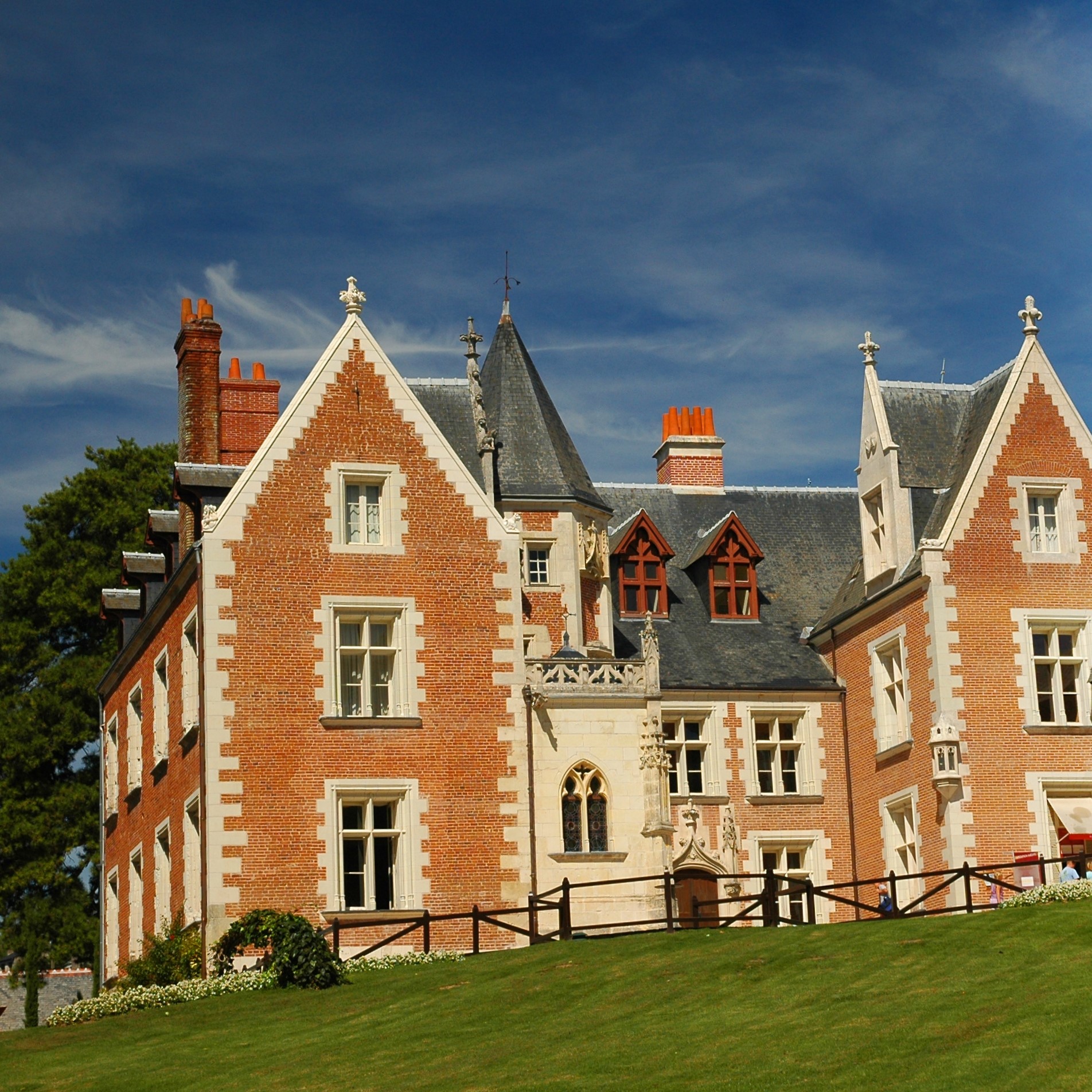The last dreams of Da Vinci

Le « Clos Lucé » is a residence built in 1471, originally an estate belonging to the vicinity of the Castle of Amboise. Beyond its marvelous renaissance and gothics architecture, the clos Lucé is a place that alights imagination as its history is unique.
In 1516, Francois Ier, one of the fathers of the French renaissance bequeathed the “Clos Lucé” to an old man that had just left Rome with his disciples carrying with them a few oil on canvas, all assembled on a frail chariot. How could one guess that the content of this chariot would one day be considered as a treasure for humanity.
Leonardo Da Vinci was welcomed by François Ier on a winter day of 1516 after a long journey through the wintery alps and the feeling for Leonardo that this trip was his last. When arriving in Amboise, François Ier took Leonardo to the Clos Lucé, granted him with a pension and put at his service his personal Cook named “Mathurine”. When taking possession of the estate François said to Leonardo, “Your only task would be to dream, think and work”.
On the day Leonardo moved in the Clos Lucé, his disciples brought in from the chariot the “Mona Lisa”, “John the Baptist’ and “Saint Anne”, masterpieces that would one day attract millions of tourists. For the next three years, Francois Ier would often visit Leonardo. They would hold long discussions enjoying the warmth of logs burning in the chimney or long walks in the gardens of the estate remembering the time when they met in Bologna in 1515 or talking about current politics, architectures, or inventions.
Today when you walk in the rooms of Clos Lucé or wonder in its gardens, it is quite easy to see Francois, tall in majesty, holding with care and kindness the arms of his dear old friend Leonardo that he sometimes used to call “Father”. Leonardo died on the 2nd of May 1519 and is buried in the Amboise castle Chapel, a few steps away from Clos Clucé. When hearing that his friend has passed away, François said that “no men ever knew as much as Leonardo” …
Today the Clos Lucé is a museum called a “centre of interpretation”, a type of museum that capitalizes on emotions rather than on a collection of artifacts. More than a museum, the Clos Lucé calls on its visitors to recall the true meaning of friendship and to pertain François ‘s counsel to Leonardo that were to “dream, think and work”, simple ingredients to try to make the world a better place.
*****
Sources:
- Amélie de Bourbon Parme in “Le parisien”: Histoire Leonard de Vinci arrive en France sur invitation du Roi Mécène François Ier.”
- France culture: de l’art et de la politique. Leonard de Vinci : Un italien à la Cour de François Ier
- Tableau de jean Auguste Dominique Ingres: La mort de Leonard de Vinci
- “la mort de leonard de Vinci” Tableau de Francois Guillaume Ménageot
- “François Ier avec Leornard de Vinci” Tableau de Anicet Gabriel Lemonnier
